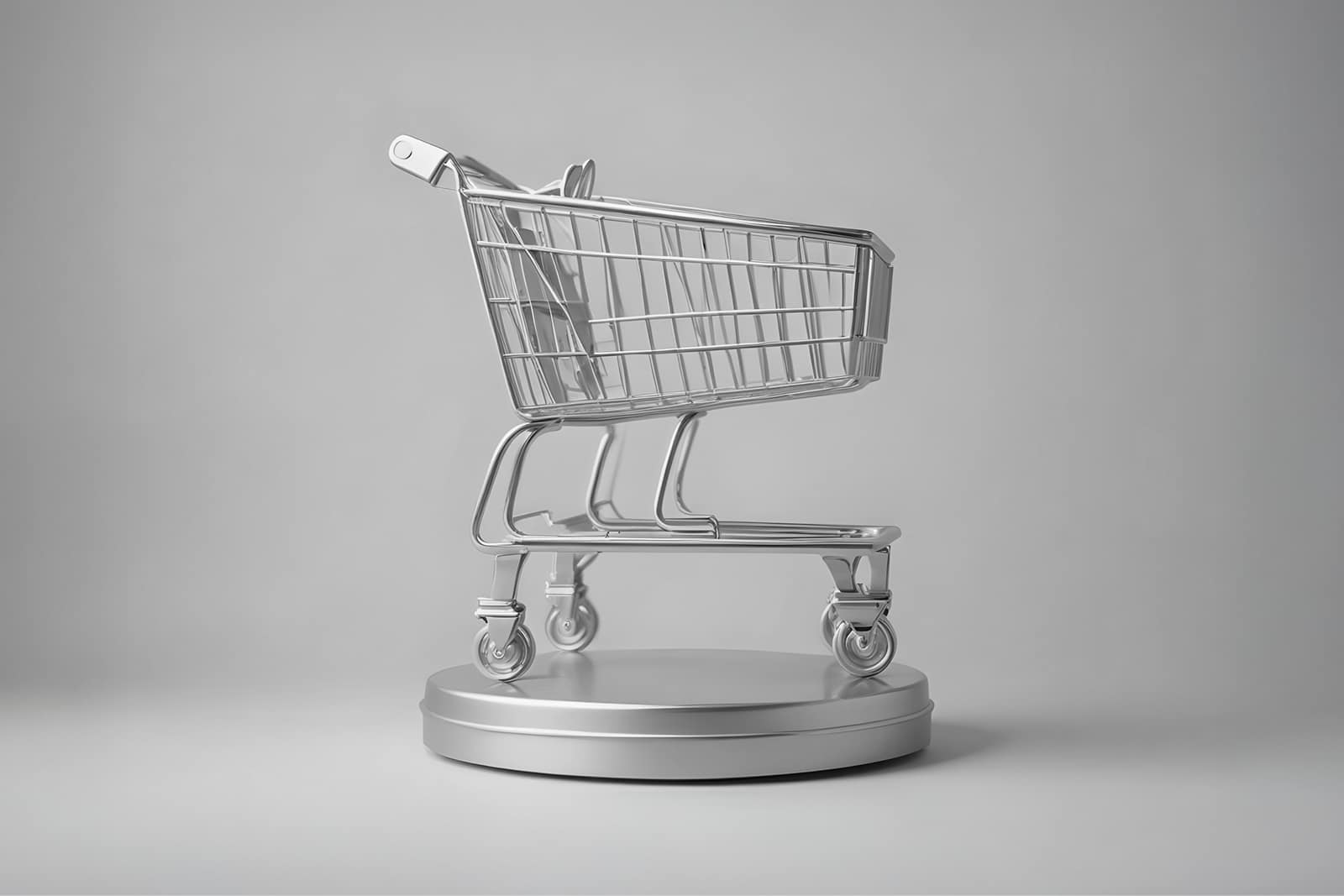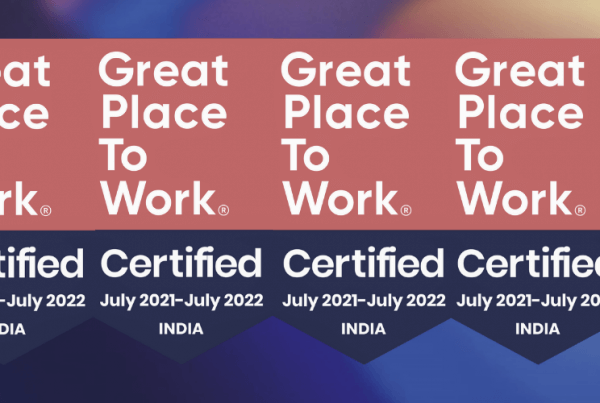What is POS and POP marketing?
Point of Sale (POS) marketing is a strategy implemented at the place where a customer completes a purchase typically at the checkout counter or on a digital payment interface. Point of Purchase (POP) marketing, on the other hand, refers to promotional materials or displays placed anywhere in-store where buying decisions are made, not just at checkout.
While conventional marketing aims to attract customers into the store or website, POS and POP marketing are designed to influence consumer behavior at the critical moment of decision-making, often resulting in unplanned or impulse purchases.
Key Takeaways
- POS and POP displays are your last chance to influence a customer, making them vital for boosting last-minute sales and conversions.
- Simple, visually appealing designs that tap into emotional triggers are more effective at driving purchases.
- A well-executed display not only sells products but also reinforces your brand identity, leading to greater trust and loyalty over time.
- Modernize the shopping experience by blending physical displays with digital tools and personalized touches to engage customers more deeply.
- Brands that continuously evolve their in-store strategy will capture more attention, drive higher impulse buys, and build stronger connections with shoppers.
Why does POS/POP marketing matter?
POS and POP marketing have proven to be powerful tools for influencing in-store behavior, especially for unplanned and impulse purchases.
According to a 2024 report by the Invesp consulting firm, 84% of all shoppers have made an impulse purchase. What’s more, 8 out of 10 of these impulse buys are made in a physical, brick-and-mortar store, underscoring the enduring power of POS and POP displays.
What makes these marketing touchpoints so effective is their ability to tap into emotional, sensory, and behavioral triggers at the moment of truth when a customer is closest to making a decision. This is particularly important in today’s retail environment, where consumer attention is fragmented, and brands must work harder to convert footfall into sales.
The psychology behind impulse purchases
Impulse buying is driven by instant gratification, emotional appeal, and convenience. POS and POP materials provide visual and tactile cues that stimulate this behavior. Limited-time offers, interactive displays, or easily accessible packaging all play into conditioned behaviors where consumers are more likely to respond with spontaneous purchases.
Moreover, the sense of urgency created through POS/POP such as “last item left” or “only available here” appeals to shoppers’ fear of missing out (FOMO), increasing the likelihood of quick decision-making.
How to elevate your POS and POP marketing
Retailers and brands cannot afford to treat POS and POP displays as afterthoughts. As consumer expectations evolve, so must the strategies behind in-store messaging. Here are proven ways to enhance their effectiveness:
1. Prioritize emotional engagement
A great example comes from LEGO, which uses interactive POP setups in toy stores, allowing kids to engage with the product physically. This hands-on experience not only triggers emotional engagement but also drives up conversion rates by influencing parental decisions through their children’s excitement.
2. Invest in visual simplicity and impact
Cluttered displays do more harm than good. Clear, well-organized layouts with bold colors and clear pricing increase dwell time and conversion. Research by NielsenIQ found that products featured in endcap displays saw sales increases of up to 93% compared to standard shelf placements.
3. Make branding unmistakable
Strong POS/POP design must convey brand identity even when stripped of product. Apple stores are a classic example, their minimal, sleek aesthetic is carried through every inch of the space. Similarly, Johnson & Johnson’s branded First Aid display stand reinforces reliability and trust, even before the customer picks up a product.
4. Use personalization & digital touchpoints
Modern POP strategies now incorporate technology. For instance, Mannington Flooring created a digital kiosk that asks customers questions about their home décor and then displays flooring options that match their style. This simple interactive display drove a measurable increase in sales and time spent in-store.
Another example is Sephora’s in-store POS screens that scan loyalty cards and offer customized product recommendations, leveraging data-driven personalization to close the sale on the spot.
Best Practices for Maximum POS/POP Impact
To make your point-of-sale (POS) and point-of-purchase (POP) displays truly effective, focus on these key strategies:
Make Your Message Immediately Valuable
Your customers’ attention is a limited resource. Get straight to the point by focusing on the single biggest benefit of your product. Instead of listing features, show how it solves a problem or satisfies a need. For example, instead of saying “This coffee maker has a programmable timer,” try “Enjoy fresh coffee every morning with our easy-to-program coffee maker.”
Keep Displays Fresh with Frequent Updates
Static displays become invisible over time. To avoid “visual fatigue,” regularly change your visuals, promotions, and even the featured products themselves. This constant rotation grabs attention and gives customers a new reason to look at the display, keeping their shopping experience fresh and engaging.
Bridge the Gap Between Physical and Digital
Modern customers expect a seamless experience. Use technology like QR codes or Augmented Reality (AR) experiences to connect your physical display to the digital world. This can provide customers with deeper product information, video testimonials, or exclusive digital coupons, offering a richer experience that can influence their purchasing decision.
Tell a Story with Lifestyle Imagery
People buy products to improve their lives, not just for the product itself. Use lifestyle imagery to help customers visualize how your product fits into their world. By showing the product in use by happy people in a relatable setting, you create an emotional connection and make it easier for them to imagine owning and using the item, which encourages them to buy faster.
How We Help
At We Are Amnet, we support retail brands with high-impact POS and POP marketing collateral through our Smartshoring® model. Our global production hubs and culturally aligned client services teams deliver scalable, high-quality, and on-brand visual assets — from shelf strips and endcaps to interactive display artwork and localized packaging.
Ready to improve in-store conversion and drive impulse buys? Contact us at hello@weareamnet.com






